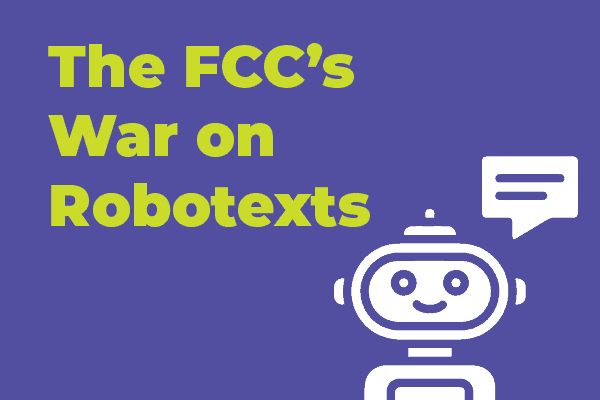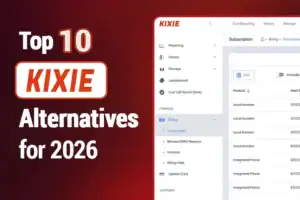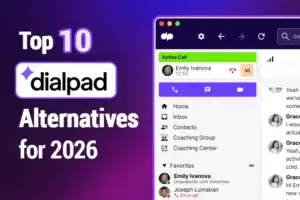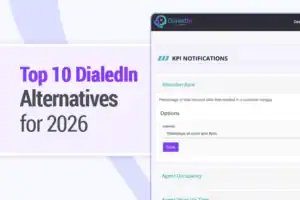Last month, the FCC identified a new front in the ongoing war against unwanted robocalls. This time, the commission set its eyes on the rise of robotexts.
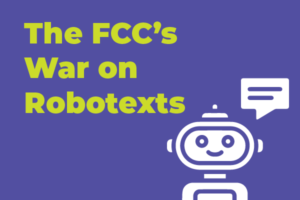 The Commission Document cited an alarming increase in consumer complaints about unwanted text messages both for 2020 (i.e. 14 000, representing an almost 146% increase from 2019) and 2021 (9 800 complaints until the release date of the document.
The Commission Document cited an alarming increase in consumer complaints about unwanted text messages both for 2020 (i.e. 14 000, representing an almost 146% increase from 2019) and 2021 (9 800 complaints until the release date of the document.
The increase in unwanted robotext activity seems to be backed by other data sources too:
According to RoboKiller’s Mid-Year Phone Scam Report, consumers can expect to receive a 55% increase in spam text messages from 2020’s 55 billion. This could result in $101 million in projected financial losses—an 18% increase from 2020.
This determined Acting Chairwoman Jessica Rosenworcel to circulate to her colleagues a proposed rulemaking “that would require mobile wireless providers to block illegal text messaging….”
We’ve seen a rise in scammers trying to take advantage of our trust of text messages by sending bogus robotexts that try to trick consumers to share sensitive information or click on malicious links. It’s time we take steps to confront this latest wave of fraud and identify how mobile carriers can block these automated messages before they have the opportunity to cause any harm. – Acting Chairwoman Rosenworcel
According to the News Release, the rulemaking would explore steps to protect the consumer from illegal robotexts including network-level blocking and applying caller authentication standards to text messages.
STIR/SHAKEN might play a key role
This verbiage makes us think about one thing and one thing only: STIR/SHAKEN is supposed to do just that, but for unwanted voice calls. This is an authentication mechanism installed at the carrier level to protect consumers against nefarious robocalls.
Although STIR/SHAKEN has been enforced nationwide since June 2021, up until this moment it has only solved half of the problem (i.e. the number authentication). At the moment, calls are only being signed with three different levels of attestation. However, for now, the level of attestation serves just as another data point attached to the call. The blocking mechanism and the display of the various levels of attestation are still being discussed.
At the moment, no calls are being blocked because of STIR/SHAKEN, except the traffic originating from carriers that failed to submit registrations with the FCC’s Robocall Mitigation Database.
Knowing that the STIR/SHAKEN discussion is far from being over, we are really curious to see what mechanisms will be set in place to fight the recent robotext epidemic. We have a hunch that the STIR/SHAKEN mechanism will play a great role in this.
(If you want to learn more about the status of STIR/SHAKEN and how it can impact the Contact Center industry, click here and watch our latest on-demand webinar: Call Labeling & Blocking in the Age of STIR/SHAKEN.)

Andrei is an experienced marketing professional specializing in propelling growth for both B2B and B2C companies. Proficient in streamlining marketing operations and enhancing lead and customer experiences through SEO and marketing techniques.


